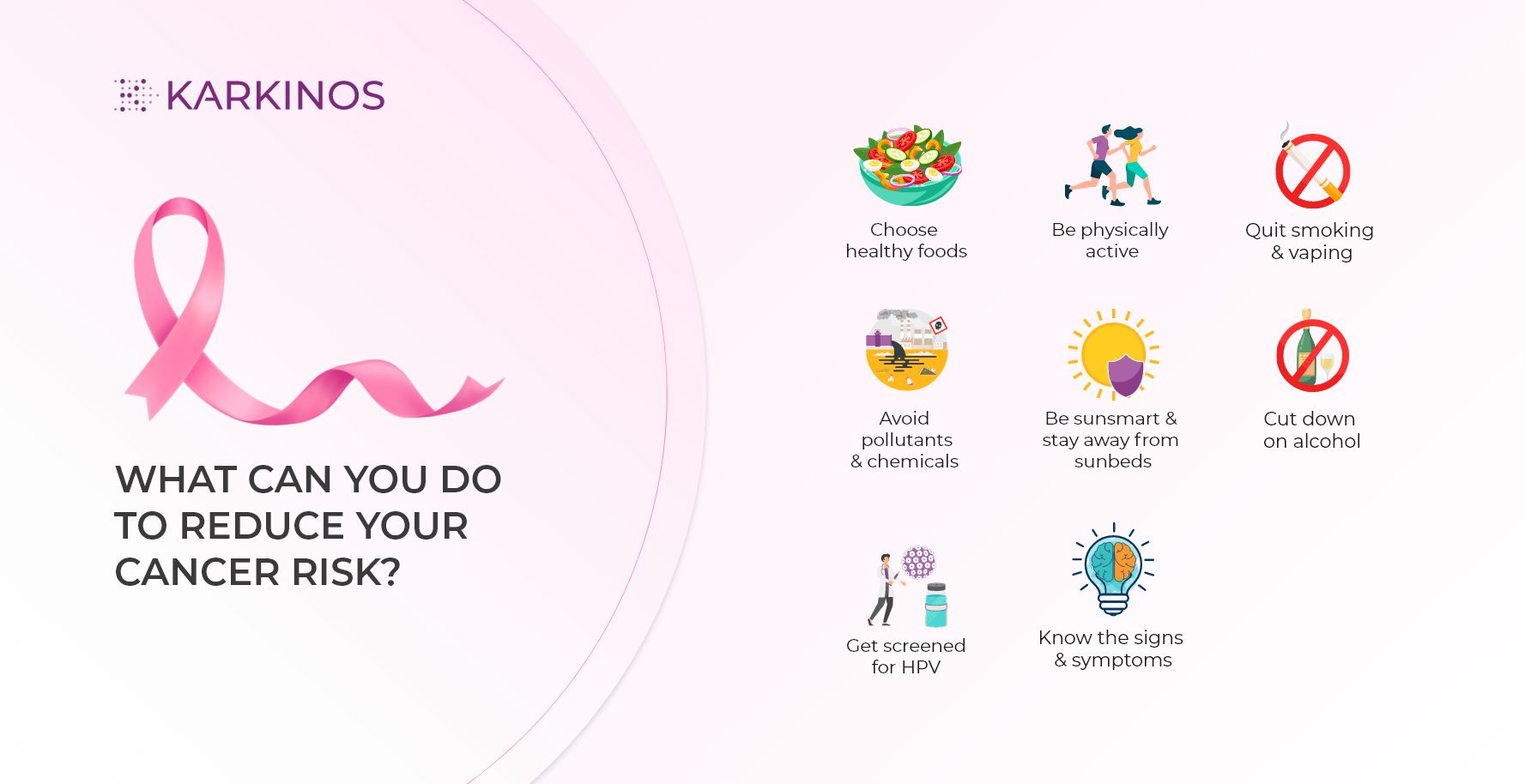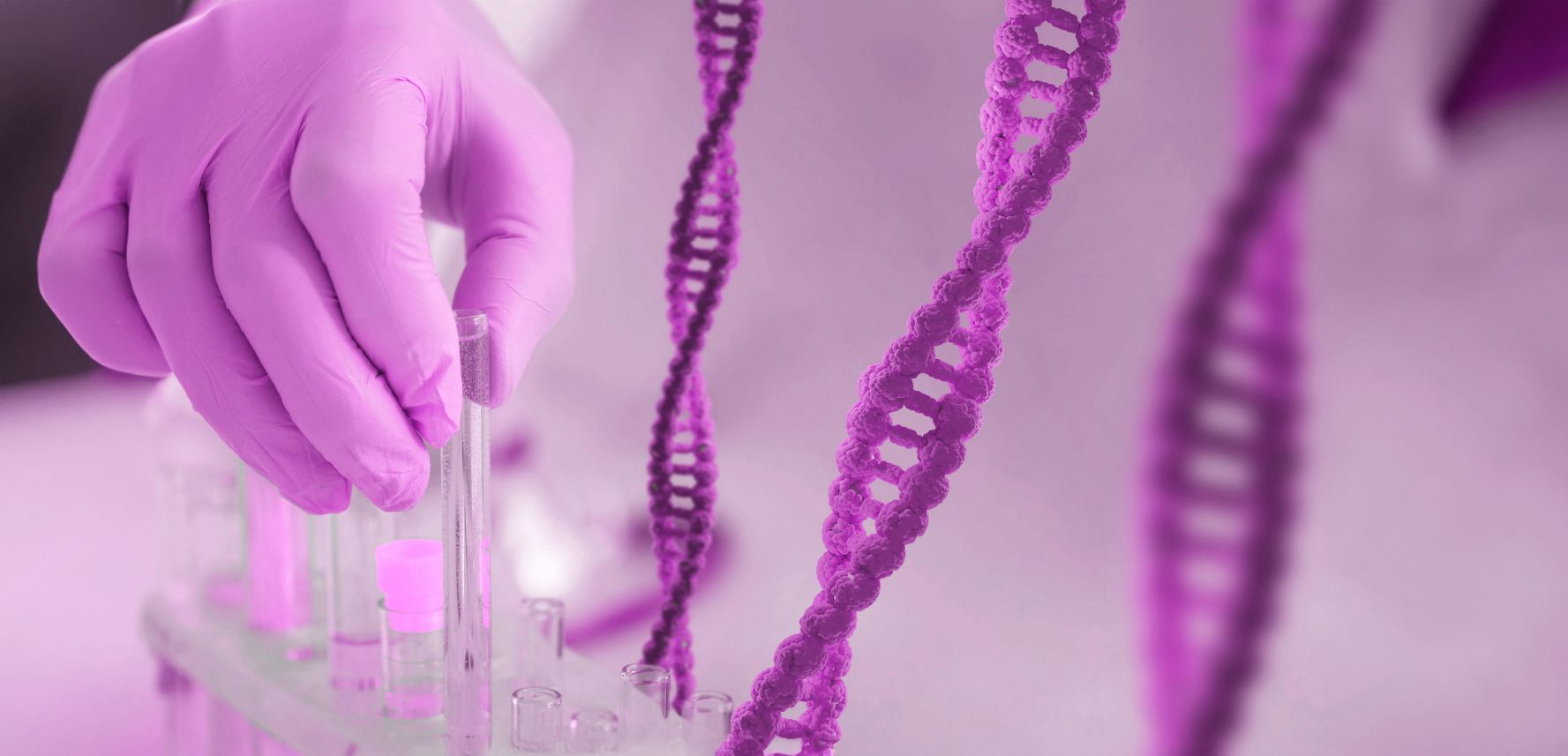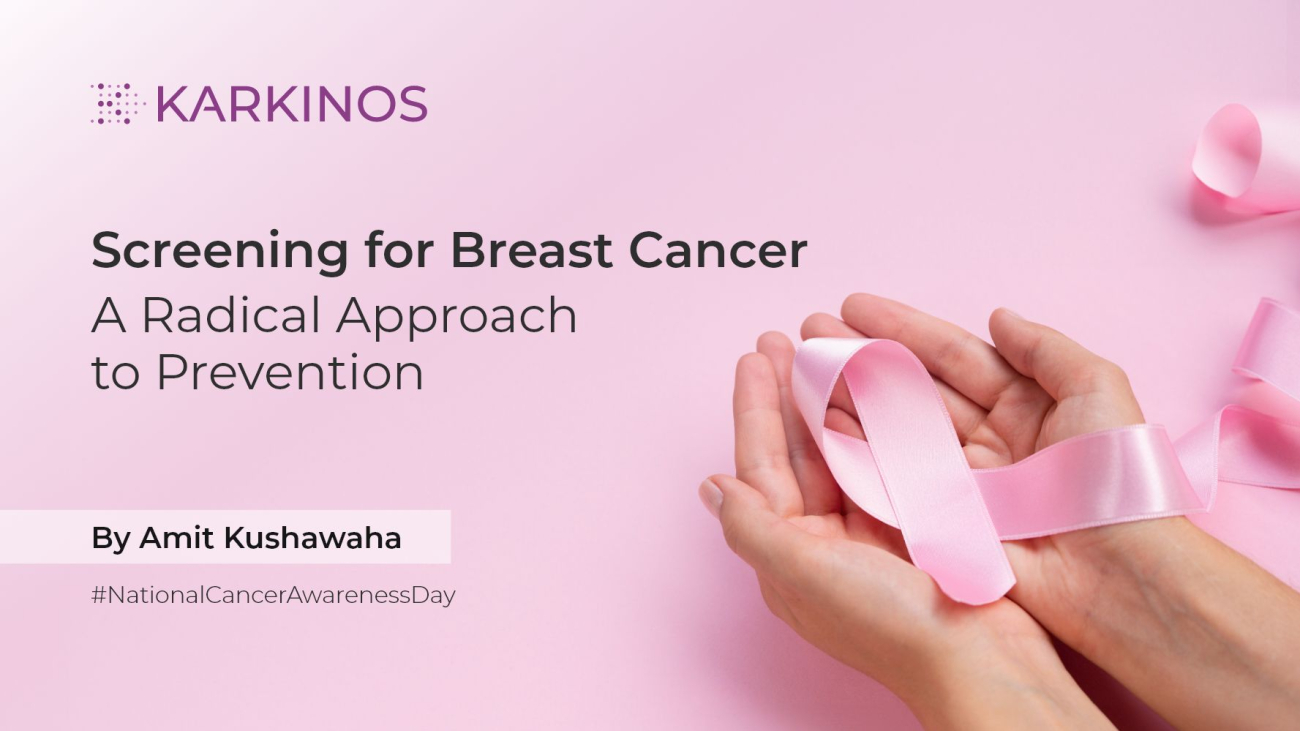Pink Ribbon in my hand: Empowering the fight with strong defense strategies
By Amit Kushawaha, Growth Manager North – Women’s Wellness, Karkinos Healthcare
Before I delve into discussing my perspective on breast cancer awareness, let me offer an analogy. Imagine you are defending a city, which is bustling with various types of flying objects, including civilian passenger planes, cargo planes, military aircraft, and drones. However, there is a significant threat lurking among them: a potential enemy plane is poised to launch an attack on the city, while you’re tasked with safeguarding. The key to defending the city from this impending threat lies in neutralising just the enemy object and most importantly at the right time. This urgency, we know, stems from the potential of facing the dire consequences if the enemy plane is not intercepted in time.
There are several approaches to achieving this defence. The first entails meticulously inspecting and identifying suspicious objects — an approach that demands substantial resources. Alternatively, an option of establishing a robust defence system capable of targeting and neutralising the enemy object, before entering one’s territory, exists.
However, it’s essential to note that this neutralising system involves maintaining a state-of-the-art radar and surveillance network, which can promptly detect the presence of the enemy aircraft. On the contrary, there exists an approach, which involves the destruction of all objects, regardless of their intended purpose. While this method holds the potential to eliminate the object that poses the threat to the city, but will result in a collateral damage, destroying good as well as the bad objects.
Hence, the main approach is to determine the most efficient means to defend the city, minimise harm, and maximise survival, given the available resources and technology. This analogy, therefore, has been drawn to show the similarities in framing cancer defense strategies.
In the field of oncology, I find myself confronted with a comparable dilemma. In this context, the female body represents the city, its diverse cells are the aircrafts/objects, cancerous cells equate to the enemy, diagnostic tools function as the radar system, and therapeutic measures like chemotherapy, surgery, radiotherapy, and immunotherapy act as the missiles.
However, my solution remains consistent in both scenarios, owing to the parallels in the operating context: bolster surveillance and precision targeting. In cancer terms, this means enhancing surveillance systems and improving diagnostic capabilities. The rationale behind this approach is straightforward — while the evolution and affordability of superior therapeutics are ongoing, today’s advanced diagnostics can optimise the deployment of existing therapies and enhance survival rates. Moreover, advanced diagnostics serve as a precursor to precise drug delivery.

Understanding cancer to enable prevention
What sets cancer apart from other diseases is our limited understanding of the precise causes of the genetic mutations that lead to it. This is in contrast to diseases like malaria, where we know that a mosquito bite is the direct cause, allowing for straightforward prevention measures like using mosquito nets. With cancer, we may not know the exact triggers of these mutations, but we do recognise certain risk factors, which can be environmental (such as pollutants), related to age, genetics, or habits (like smoking).
One approach to combat this challenge involves reducing exposure to factors within our control, such as quitting tobacco use. For factors beyond our control, such as age, proactive screening becomes essential. Screening acts as a filter, distinguishing individuals who may have a disease but exhibit no symptoms from those who are healthy. The next step in this decision-making process involves diagnostic testing to determine whether a seemingly healthy individual actually has a cancerous disease.
The critical concepts at play here include risk factors, risk assessment, screening, diagnostics, disease, and cancer. These concepts are interconnected in a complex web. When an individual is exposed to multiple risk factors, it raises a red flag, signifying an elevated risk level. In the presence of such risk, proactive screening is imperative because symptoms may not yet be evident. Even if a screening yields a positive result, a diagnostic test is required to ascertain whether a disease is present and if that disease is, indeed, cancerous.

Addressing the risk factors effectively
In the case of breast cancer, a strong family history of the disease is a significant risk indicator. If multiple relatives have been diagnosed at a young age or if other cancers like ovarian cancer are prevalent in the family, genetic testing may be recommended. Individuals with a well-documented family history may undergo tissue-specific testing. If the type of cancer is unknown, a comprehensive hereditary panel can assess potential risks.
It’s important to understand that having a genetic mutation does not equate to having the disease, let alone a challenging-to-treat form of cancer. A mutant gene is often likened to a loaded gun; however, a trigger is needed for it to cause cancer. In breast cancer, these triggers can come from environmental factors or age, underscoring the importance of controlling exposures.
For those genetically predisposed to the disease, genetic counselling and testing can provide valuable information. This knowledge can impact early treatment, guide other family members toward cancer screening and prevention, and inform personalised strategies. A Breast Cancer Susceptibility test should cover mutations following NCCN guidelines, such as BRCA1, BRCA2, CDH1, PALB2, PTEN, STK11, TP53.
In somatic breast cancer, originating from genetic mutations within the breast tissue, various molecular and next-generation sequencing (NGS) tests can reveal specific genetic alterations within the tumor, informing treatment decisions. These tests may include individual gene and mutation assessments or Comprehensive Genomic Profiling (CGP), which examines multiple genes with a single sample. Test selection depends on the tumour’s characteristics, stage, and the patient’s medical history, and a multidisciplinary team can assist in determining the most suitable tests and treatment approaches.
We believe that accessible and affordable comprehensive tests provide a full understanding to plan the treatment pathway, benefiting both patient care and economics. Advances in NGS technology have made this approach more feasible, with decreasing technology costs and faster turnaround times for results.
The pink ribbon serves as a global symbol of breast cancer awareness, fostering a sense of unity and solidarity. It reminds us that every patient is a storyteller of suffering. Understanding the experiences of others increases the awareness of when to seek medical assistance. In cancer, the guiding principle is simple four words: Early detection saves lives, and it’s pertinent to add another four words, better diagnosis saves lives.
This November 7th – the National Cancer Awareness Day – serves as a reminder for us to come together, listen to these narratives of suffering, allocate resources, and work continuously to combat breast cancer. Policy initiatives like “The Breast Cancer (Awareness and Free Treatment) Bill” emphasise the need for awareness and access to breast cancer care on a large scale.
Karkinos Healthcare, with its network of hospitals and labs, and innovations in NGS (Next-Generation Sequencing) tests, is addressing the accessibility obstacle. This has become feasible due to the time and technology developments we are witnessing. NGS-based diagnostics empower us to capture biological signals and tailor therapeutics, rendering the overall process more cost-effective, less invasive, and ultimately leading to improved health outcomes.
At Karkinos, we aim to contribute to women’s wellness through technology, evidence-based programs, and public awareness, ensuring improved access to breast cancer care for all women in India.
It’s time to embrace the pink ribbon. Take the right steps towards cancer prevention, today!

 Amit Kushawaha is contributing towards cancer care as a Growth Manager for Women Wellness team at Karkinos Healthcare.
Amit Kushawaha is contributing towards cancer care as a Growth Manager for Women Wellness team at Karkinos Healthcare.